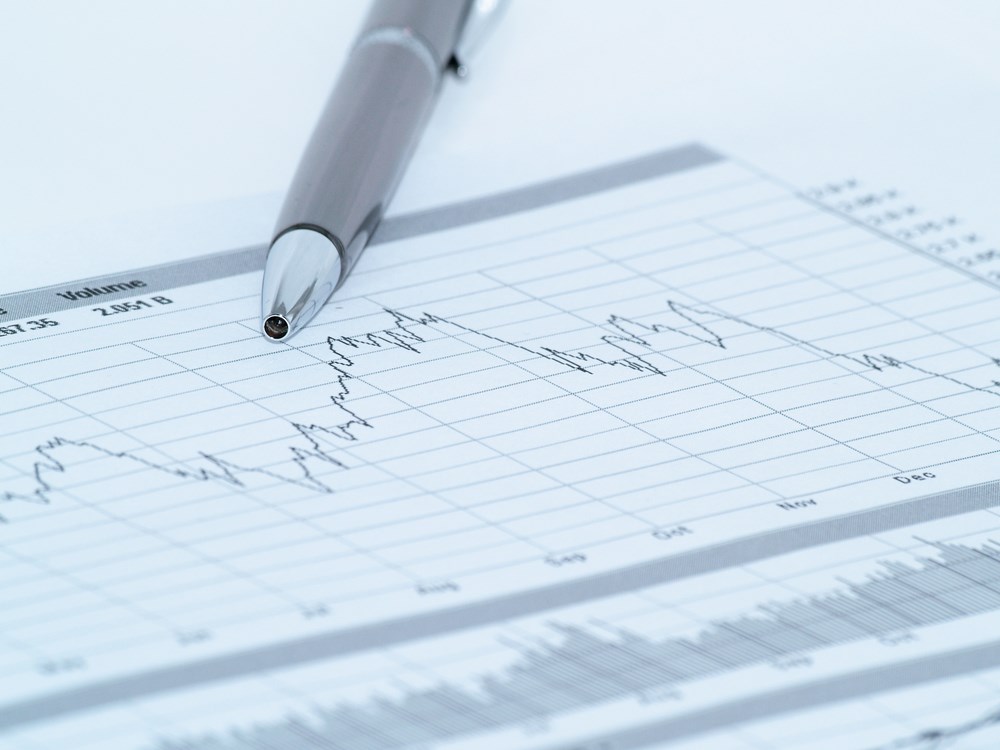 Financial statements of a listed company, but not only, bring a lot of valuable information to so-called stakeholders, in other words, to all those who have something to do with the company, the company’s authorities, employees, contractors, competitors and for potential investors. In particular, the latter group should be very interested in the financial condition of the company, and this is precisely what the company’s financial statements answer.
Financial statements of a listed company, but not only, bring a lot of valuable information to so-called stakeholders, in other words, to all those who have something to do with the company, the company’s authorities, employees, contractors, competitors and for potential investors. In particular, the latter group should be very interested in the financial condition of the company, and this is precisely what the company’s financial statements answer.
Financial statement
A financial statement is a document showing the results of a business activity in a numerical form, in other words, the financial report presents the company’s assets, its sources of financing and the financial results achieved in a given reporting year. The source of creating financial statements is accounting records. Understanding the financial statements requires some knowledge about the company’s accounting and finances, but it is not rocket science, and we do not have to be Albert Einstein to understand it. Speculation or investing in companies through the stock exchange requires some preparation, so topics such as accounting, financial reporting, stock valuation should be known to us, especially if we have a long-term approach to our investments.
What and when does a company have to publish?
Listed companies have strictly defined requirements for providing information on their activities. This is very important because they are admitted to public trading and therefore everyone can buy their shares and become a shareholder. It may not have a decisive voting right at the general meeting of shareholders, usually the controlling stake remains with the first owners, but it will definitely be able to benefit from the dividend if it is paid out, or it will be able to sell its shares at a higher price. For these reasons, the listed company’s communication with the environment is very important.
What does a listed company need to publish?
Listed companies are required to publish:
- special reports that will contain information that has a significant impact on the company’s operation, such as significant contracts, real estate investments, acquisition or disposal of a large block of shares, acquisition / sale or loss of assets of significant value as a result of a fortuitous event, etc.,
- periodic reports containing, among others information about the company’s financial condition in the form of financial statements.
Partition of financial statements:
- individual financial statement prepares a company that does not have any subsidiaries,
- consolidate financial statement prepares a company that has subsidiaries. If the company prepares consolidated financial statements, such should be in the interest of investors, because it best reflects the situation of the entire capital group.
When does a listed company have to publish its financial statements?
Listed company has to publish:
- report for the first quarter containing a condensed quarterly financial statement,
- half-year financial statement,
- report for the third quarter containing a condensed quarterly financial statement,
- annual financial statement.
Listed companies usually have from several weeks to several months to publish periodic reports.
Components of the financial statements
According to International Accounting Standards (IAS 1), financial statements consist of:
- balance sheet,
- profit and loss statement,
- cash flows statement,
- changes in equity.
Balance sheet
The balance sheet presents the company’s assets and the manner in which this property was financed. The property of the company will be assets, and the sources of its financing are equity and liabilities. The balance always has the following principle: assets = equity + liabilities. After all, we had to finance the property we own in the company, it probably does not come from the theft, and if we do not, we will probably not include it in the balance sheet.
ASSETS
A. Fixed assets
I. Intangible assets, that is various patents, concessions or licenses used in the course of operating activities.
II. Tangible assets, to which we include fixed assets in the form of vehicles, buildings, warehouses, etc. If we build something and have not finished, it will be included in the balance sheet in the item fixed assets under construction.
III. Long-term receivables are all payments that we receive after 12 months from the balance sheet date, i.e. the date on which the financial statements are prepared, most often it is 31 December. These may be deposits paid in connection with the rental of premises, which will be settled after 12 months from the balance sheet date. Payments for the sale of buildings or other fixed assets with a maturity of 12 months, etc. Note! Trade receivables due to deliveries and services, for sold goods, finished products, materials, packaging and services, etc. are always included in the item of short-term receivables, regardless of the date of settlement, that is even if they are settled after a period of 12 months.
IV. Long-term investments include real estate purchased for profit, not used for operating activities, long-term financial assets, such as shares, loans granted, etc.
V. Long-term prepayments means incurred costs related to services performed in the future, i.e. pre-paid rents, property insurance, subscriptions, etc. Accruals relate to implied liabilities that may occur in the future, for example various benefits for employees or contractors for services that currently It’s hard to estimate. Passive accruals are recognized in liabilities.
B. Current assets
I. Inventories, i.e. all products or goods that we have accumulated for further production or for further reselling.
II. Short-term receivables, i.e. payments to our company within 12 months, with the exception of trade receivables, which regardless of payment date are recognized as short-term.
III. Short-term investments, it is primarily short-term financial assets, that is, in addition to shares, shares, etc., cash is accumulated at the company’s cashier and on current accounts, which ensures the daily functioning of the company.
IV. Short-term prepayments.
EQIUTY AND LIABILITIES
A. Equity
I. Share capital, that is what the owners paid in.
II. Supplementary capital, made even for future possible losses.
III. Reserve capital, made for the implementation of various company’s own goals.
IV. Retained earnings.
B. Liabilities and provisions for liabilities
I. Provisions for liabilities.
II. Long-term liabilities.
III. Short-term liabilities.
IV. Accruals and deferred income.
Profit and loss statement
The profit and loss statement provides us with information on the financial result achieved by the company in a given reporting period, i.e. simply whether it can boast of a profit for the past year, or even the reverse. In addition to checking the financial result throughout the entire business, it is important to check what financial result has been achieved on operations before tax, so-called EBIT (earnings before deducting interest and taxes). First of all, it will allow us to understand how the company is doing in the area of its main activity, for example if it deals in the trade of car parts, we will check what the financial result on this activity has been achieved. Profit (loss) from operating activities before tax also allows comparison of results with other companies even from different places of the world, as it is not distorted by various taxes and the result on other activities, for example, the company disposes of assets due to financial problems, which improves overall financial result.
P&L statement is prepared in accordance with the accrual principle, which means that there must be no actual payment for the service, just an invoice and this economic event will be included in the P&L statement. Perhaps the parent has a lot of abuse, as the P&L preparers can move certain items to get better results. Therefore, it is also worth analyzing the cash flows statement, which is drawn up in accordance with the cash rule, i.e. there must be a cash flow or cash equivalents, so that such an economic event is included in the cash flows statement.
P&L statement can be prepared in two methods:
- by nature, a more simple method, which shows costs by type.
- by function, more extensive method used in companies with a more complex structure, differing from the previous version by cost records, which are assigned to the place of their creation, i.e. for example, we can specify production costs, selling costs, etc.
Summary
The article briefly shows what a financial statement is and why it is so important for investors interested in purchasing shares of a listed company. Buying shares of any company without checking its financial condition can be compared to buying a car without watching it, let alone going to the car workshop to check the technical condition of the professionals. The vast amount of issues related to financial reporting may overwhelm, but these are quite simple issues when we try to translate the scientific language into a more understandable one. Unfortunately, many textbooks are written in a very academic language, because their authors are theoreticians, not business owners, or employees of consulting companies, brokerage houses or investment funds. It is worth to use the information provided on the Internet, which is often much more accessible.
Knowledge about what a financial report is is one thing and the other is how to draw conclusions from its reading. The next article will be devoted to drawing conclusions from the analysis of the financial statements.





![How to install MetaTrader 4 / 5 on MacOS Catalina? Simple way. [VIDEO]](https://comparic.com/wp-content/uploads/2020/07/mt4-os-218x150.jpg)











